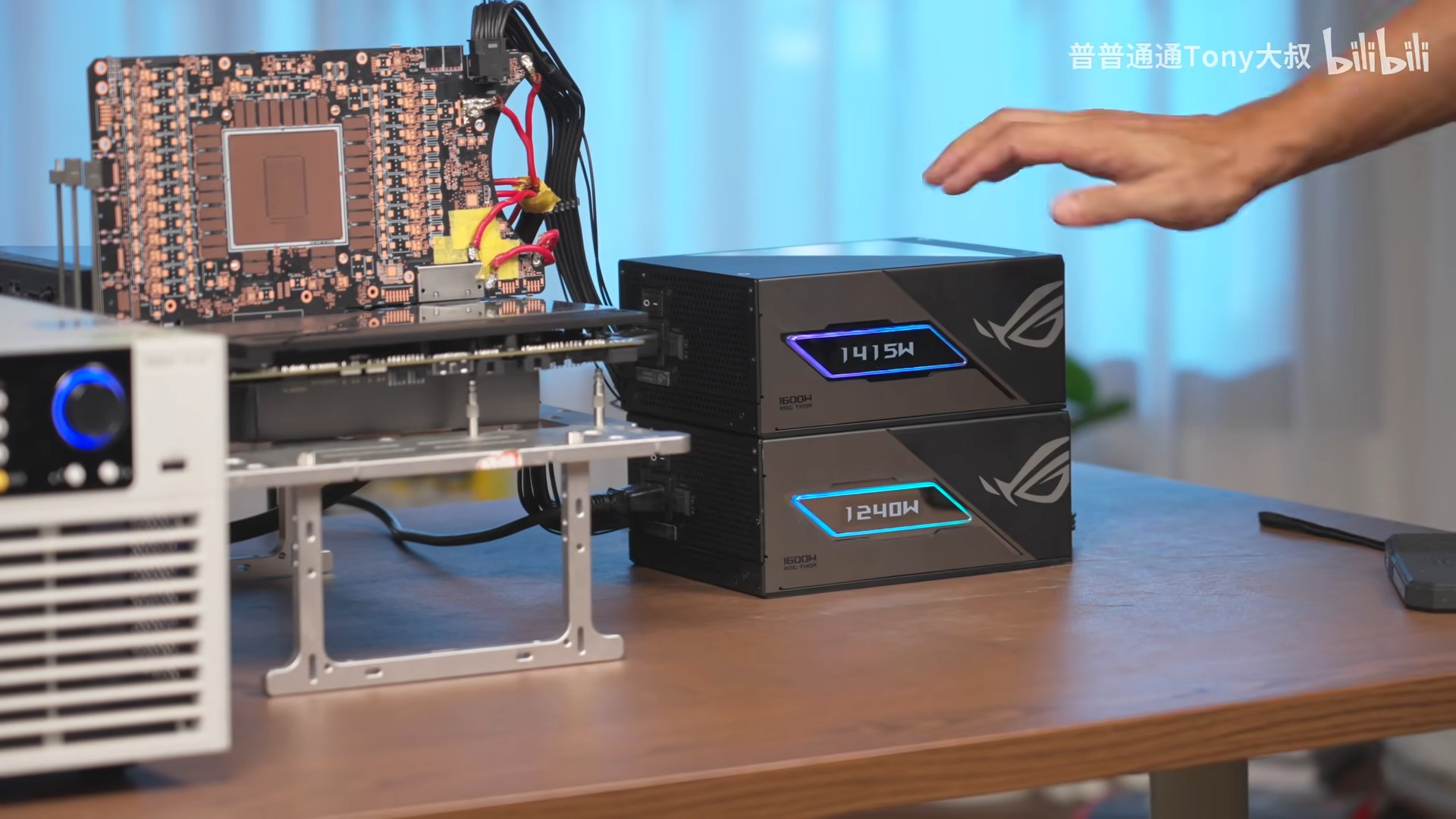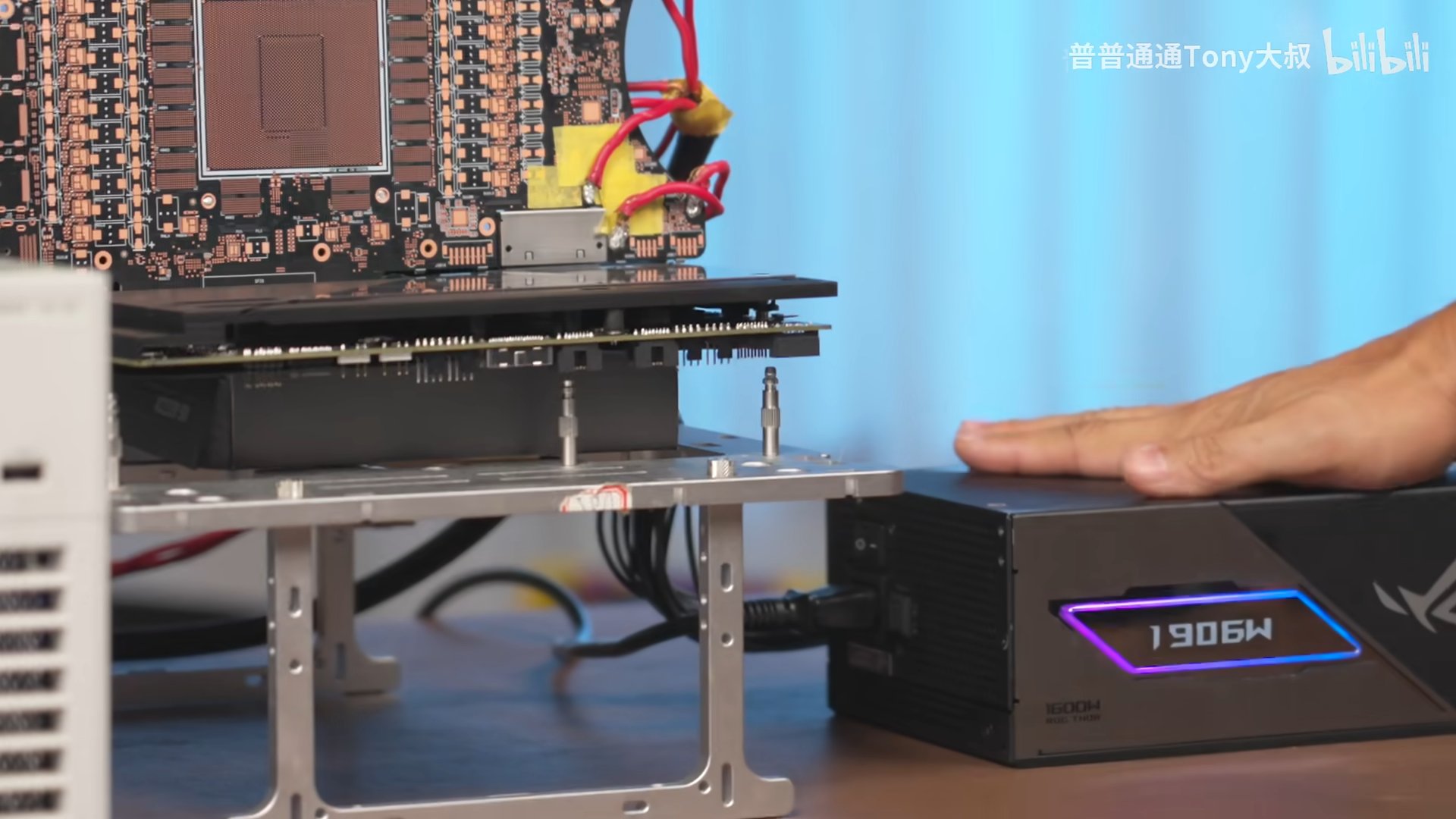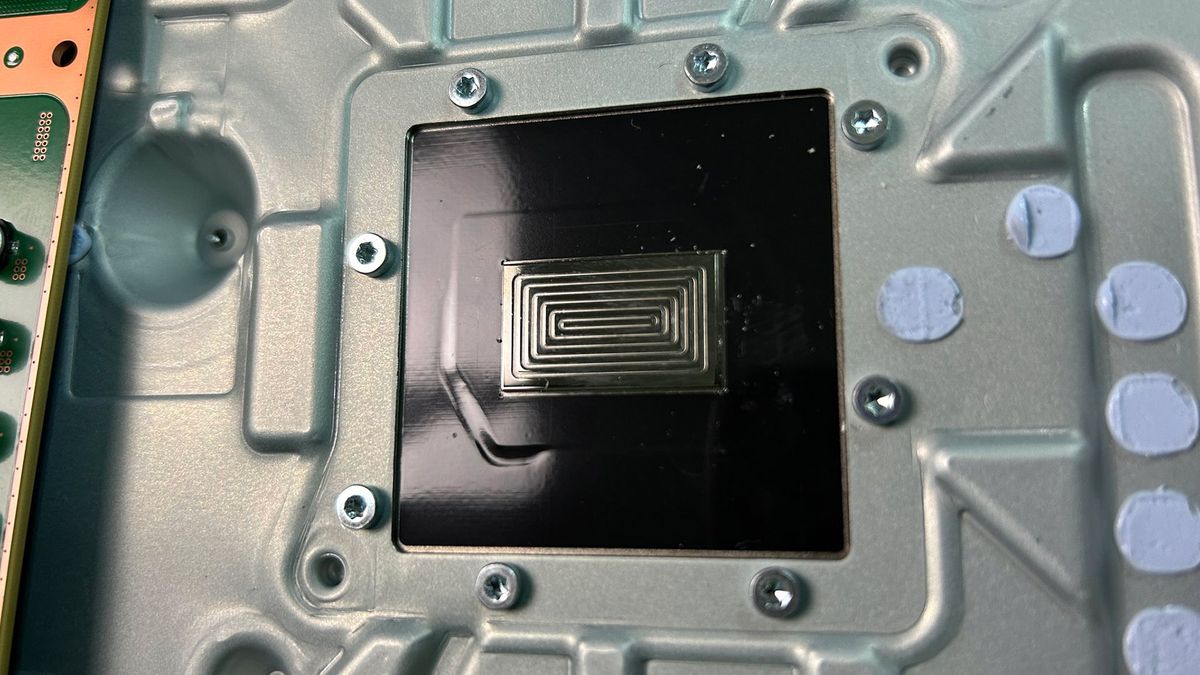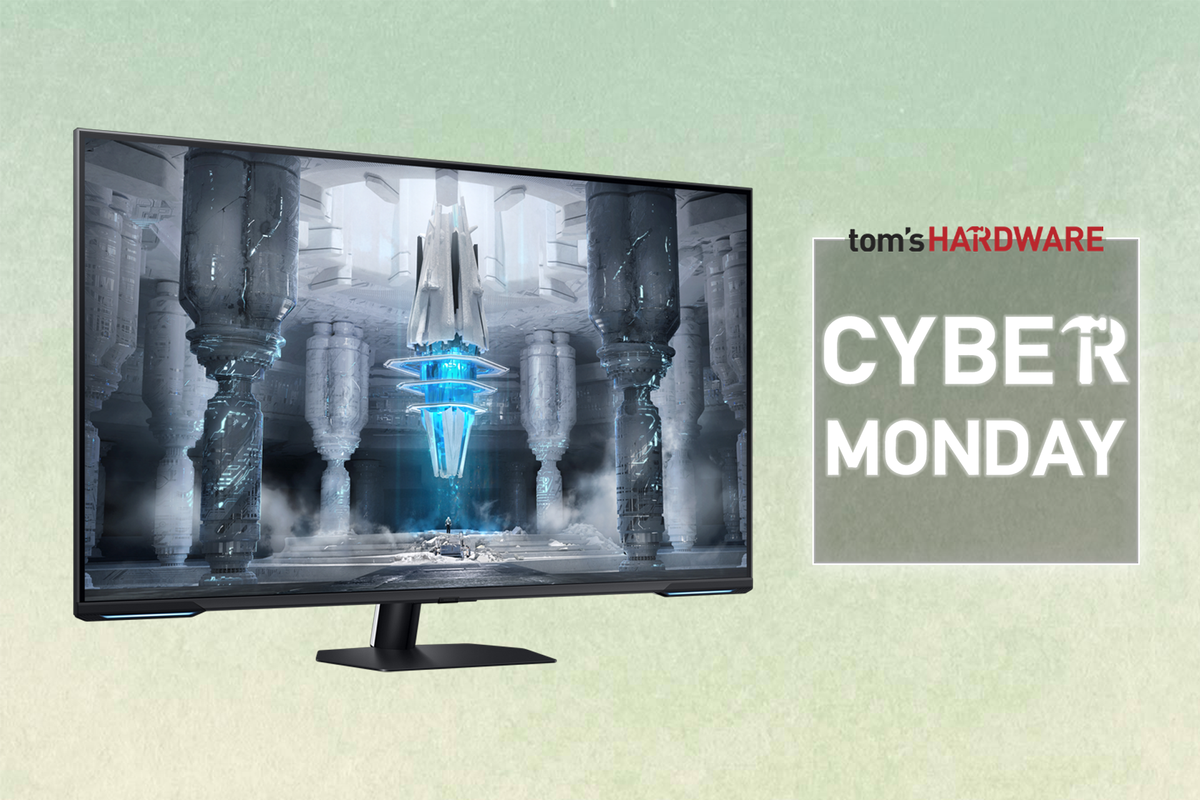Tony Yu, Asus China's General Manager, showcased the strengths and peculiarities of the power connectors on the ROG Astral GeForce RTX 5090 BTF Edition graphics card. A Bilibili video, initially spotted by Uniko's Hardware, highlights how substantial power flows through the 16-pin (12VHPWR) and Asus's unique GC-HPWR connectors.
Asus' BTF (Back to the Future) hidden connector design is now at the 2.5 revision. The main update is that the GC-HPWR power connector is now detachable, allowing users to choose between it and the 16-pin power connector. This change is beneficial, as it advances the BTF standard and addresses the earlier design limitation where the GC-HPWR connector was non-removable, restricting users to the BTF ecosystem for as long as they used the card. Asus provides a small tool to remove and store the GC-HPWR power connector.
Yu, known for his extreme testing, aimed to showcase the durability of the GC-HPWR power connector. For reference, Asus designed this connector to handle up to 1,000W. During a 10-minute test drawing about 670W, the temperature of the GC-HPWR connector stayed between 30 and 35 degrees Celsius. The result is pretty good, especially considering that's, more or less, the maximum power consumption of a GeForce RTX 5090.

For a more hardcore test, Yu pumped around 1,300W through the GC-HPWR power connector, but it didn't flinch. He recorded temperatures reaching up to 38 degrees Celsius. In the following test, he set the Chroma load tester to 150A, which is three times higher than the 16-pin power connector's specifications, causing the power consumption to exceed 1,900W. The power cables' temperatures ranged from 68 to 70 degrees Celsius, while the GC-HPWR power connector stayed around 41 degrees Celsius.
The following experiment was interesting because the 16-pin and GC-HPWR power connectors can work together to distribute power on the GeForce RTX 5090. Yu's test showed about 370W flowing through each connector. For additional testing, Yu increased the load to 200A, at which point the 16-pin and GC-HPWR connectors drew roughly 1,400W and 1,200W from the two power supplies.
Currently, Asus does not plan to have both the 16-pin and GC-HPWR power connectors power graphics cards in its retail products. The company believes most consumers will likely stick to one power connector. It's unlikely a typical user will leverage both. You would only need so much power if you're an extreme overclocker pushing the GeForce RTX 5090 to its last breath. In fact, overclocking-focused GeForce RTX 5090 models already feature two 16-pin power connectors for this purpose.
However, Yu's demonstration indicates that the 16-pin and GC-HPWR power connectors can play nicely together. If future graphics cards have even higher power consumption, Asus' combination might not be just a fantasy.
Follow Tom's Hardware on Google News to get our up-to-date news, analysis, and reviews in your feeds. Make sure to click the Follow button.

 5 months ago
103
5 months ago
103






 English (US) ·
English (US) ·